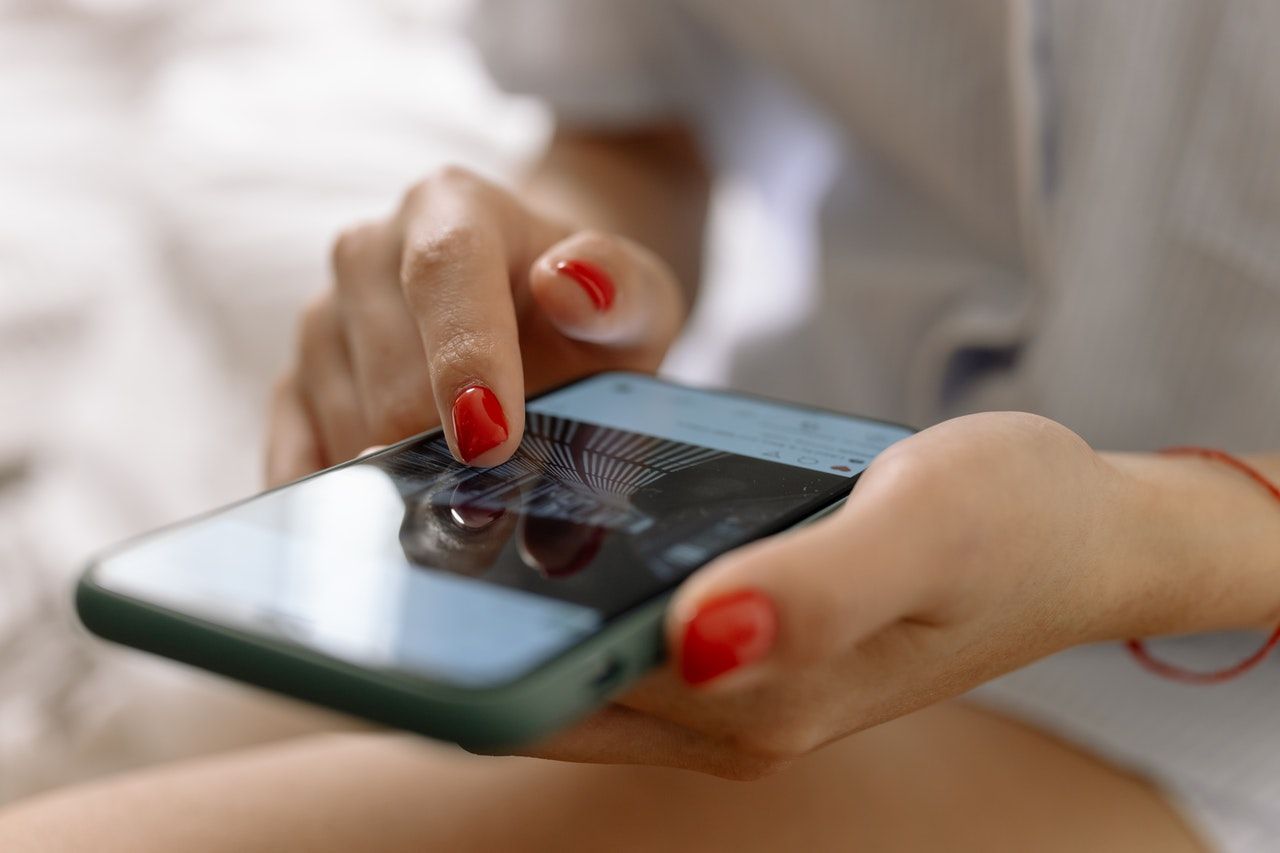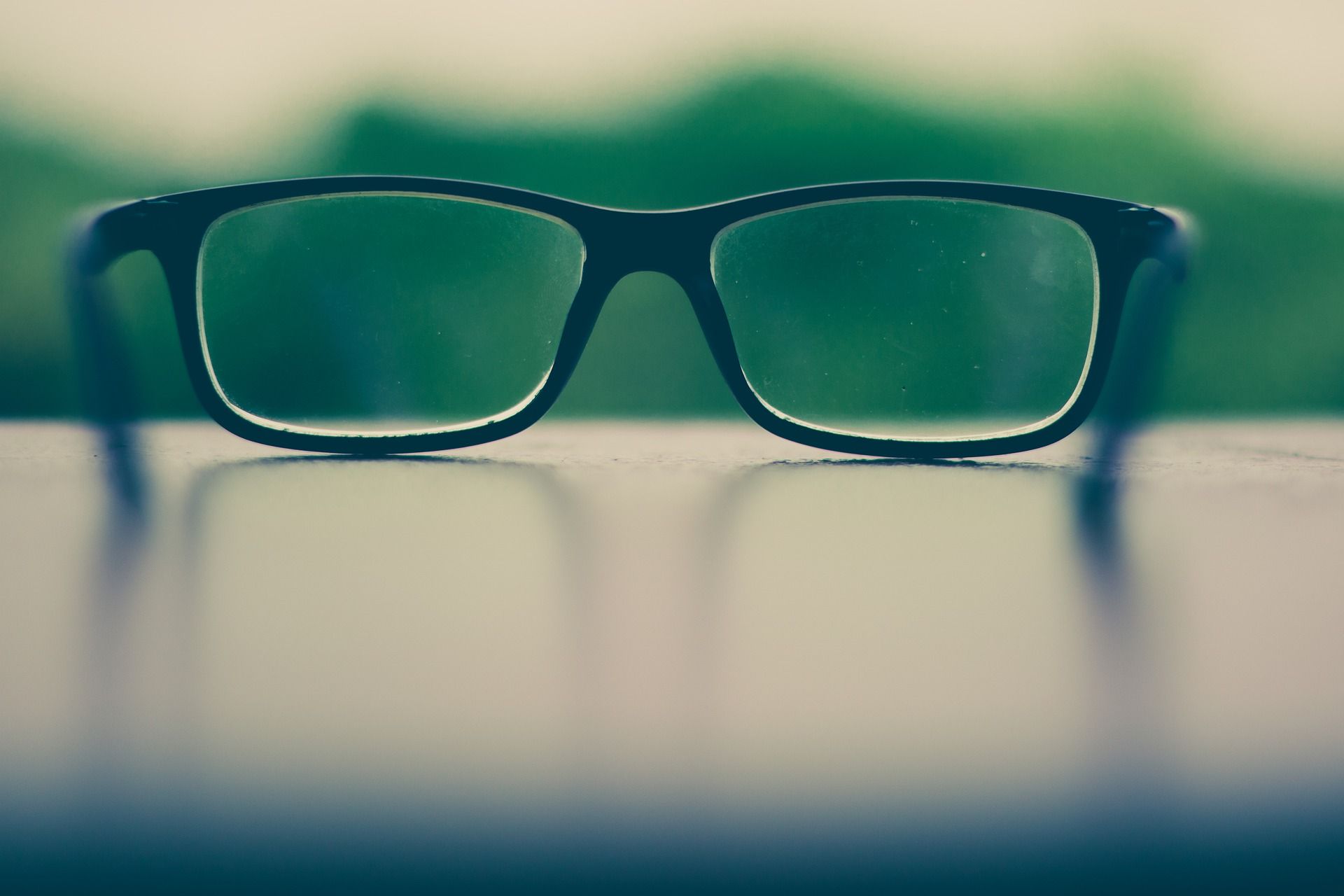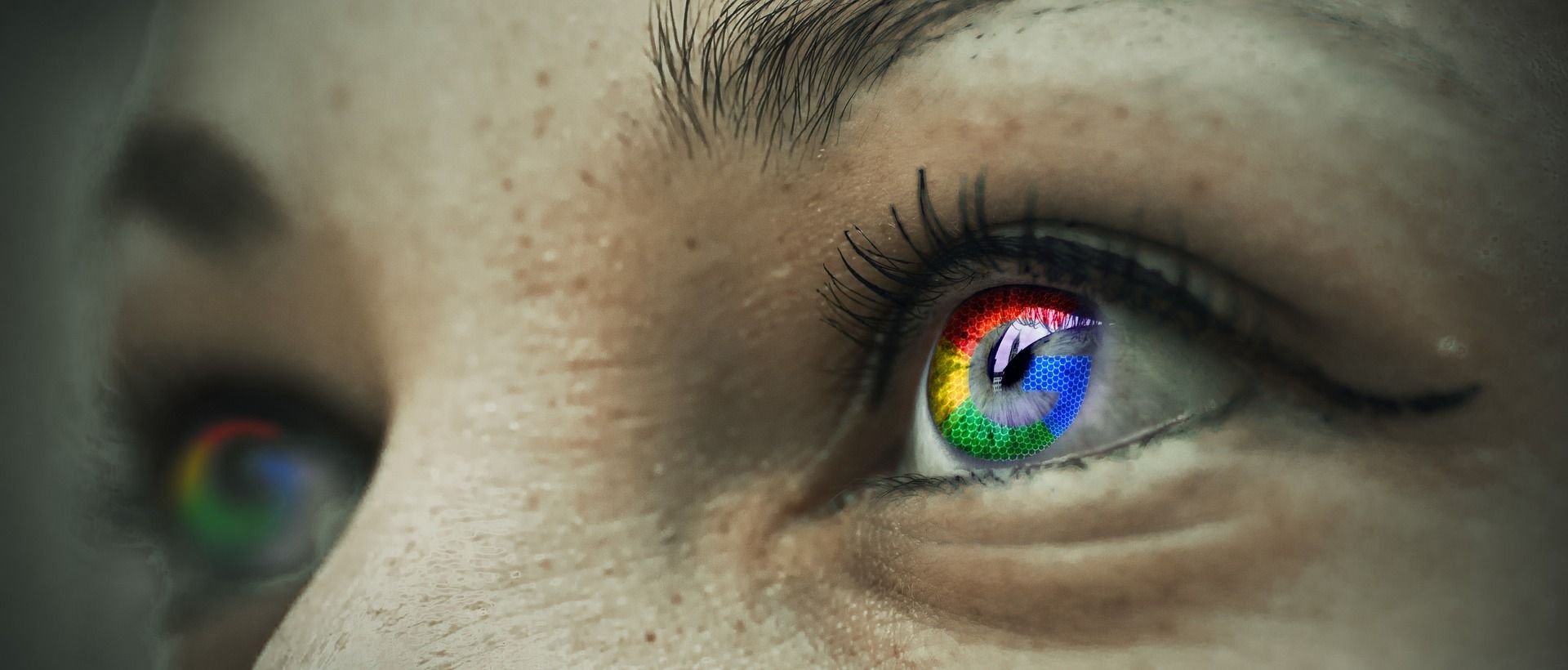Logo on the right or on the left so that the user does not miss it? The login panel at the top or maybe a little lower to make it easier to enter your account? These and many other questions are answered by eye tracking research.
What is eye tracking research?
Eye-tracking research, otherwise known as eye-tracking. It is nothing more than tracking the eye movement of a user who is just looking at a new product, website or even a supermarket shelf. It tracks and records at the same time to finally give a picture of the elements that attracted attention and those that have been completely omitted. To carry out the test, you need a device called an eyetracker. The image is recorded using a special camera. The device emits and records infrared radiation, and data is collected by reflecting rays from the fundus. We anticipate the questions right away - no, the study is in no way harmful. The results of the study can be reported in several ways:
- heat maps,
- fixation maps,
- films with marker
- logos,
- statistic data.
The first two methods are most often used to illustrate the results. Heat map (heatmap) allows you to specify which elements are of the greatest attention, the elements that have been omitted will also be visible. The downside is certainly the inability to show the order in which the individual points attracted attention. These weaknesses are eliminated by fixation maps that accurately illustrate the order and time spent looking at specific points.
Research eyetracking allows you to identify some basic factors. The first is the fixation of eyesight on the examined object, i.e. determining which points attracted the subject's attention. The second, equally important parameter is the order - we all run our eyes between the individual points, a eye-tracking allows you to specify the order in which we jump to the next ones.

Thanks to the examination, it is also possible to determine for how long the user keeps his eyesight on specific points, as well as how the distribution of attention looks like in the percentage expression. Eye tracking research is a powerful tool in the hands of an experienced user.
When is it worth using eye tracking research?
Many companies from various sectors use eye tracking research. Due to the fact that they allow you to determine what the user focuses on the most, they are used for both new products and services. Such research may be preceded by placing the product on the market - as well as existing ones that require refinement. In fact, it would be easier to determine when it is not worth using such research. Then the answer can be narrowed down to saying that only when we are sure about the way of receiving the product or service.
How well do you know your customers' preferences?
Check what you can do to increase sales.
Eye tracking research in the case of a new version of the same product will allow you to locate the weaker areas of the project, which are modernized with the release of the new version. In the case of new products, this is one of the best ways to bring a finished project to market, presenting the way the company intended.
It is worth knowing that eye-tracking is used on an almost completed project. Or at least at an advanced stage of work. The human eye is very sensitive to stimuli. Therefore, any change - even the seemingly small and insignificant one - can strongly affect the test result.
Many factors contribute to the overall perception of a project branding:
- color,
- layout and arrangement of individual elements,
- size of letters and graphics,
- amount of additives,
- graphic design.

These are just some of the components, but all of them are interdependent, so any interference can change the perception and perception of the product.
What is eye tracking research talking about?
With the help of eye tracking, the creator of the product can switch places with his own for a moment target group. Thanks to this, he will be able to understand how his work is perceived. A heat map or a fixation map creates images that allow the product or service to be refined at the level of its reception. Thus, they make it easier to adapt them to the user. Consider this on the example of an ordinary supermarket, where we want to examine how the goods we place on the shelves are received by buyers. Thanks to the eyetracking test, we can determine with great accuracy which products attract the buyer's eyes and how to translate it into quality and ease of use of the store. It is a kind of compromise between the producer's goals and the client's expectations, but also an opportunity to notice the changing ones consumer trends.
Possibilities of eye tracking research
Eye-tracking research techniques find more and more applications in broadly understood marketing. Theoretically, appropriate equipment is enough to conduct the test. But who needs eyetracker if we are not able to interpret the results correctly, let alone implement the desired changes? In order to take full advantage of the possibilities offered by eye tracking research, you need a team of experts who will be able to transfer the results of the analysis to the project.
From 8 to 10 respondents are most often invited to conduct a qualitative research, and more than 30 respondents to a quantitative research. Where can eye tracking research be used? We present a few examples.
An even better website
Research eyetracking can be used already at the design stage and creating websites (but as we mentioned - only in its very advanced stage!). It is a bit like UX (user experience) and allows you to customize the graphic design, build a functional interface or check how intuitive the site navigation is. During testing, you can check the user paths along the page, determine the perception of navigation buttons or check the recognition of icons.

advertisement tailored to the recipient
Eye-tracking is also used in the process of creating advertisements. It allows you to match them to the recipient, and thus leads to more interactions. Eyetracking can be used for advertisements presented in the form of clips and images that will appear on TV, social media or on the website. Thanks to the research, the type of advertisement as well as the placement of text and graphics are determined. The most attractive places for its placement are selected, and even the effectiveness of individual messages is determined.
Products, and in fact packagingthey sell
As consumers, we are aware that attractive packaging can determine the purchase of a specific product. For this reason, eye tracking research is eagerly used by designers and people responsible for the graphic design of packaging. Creation of product packaging and labels they precede research. On their basis, it is possible to define which elements catch the consumer's eyesight, plan the placement of individual graphics and colors on the packaging, and examine how the packaging influences the perception of the brand.
Eye tracking research is so popular because of its credibility. The data is the result of physiological reactions, disregarding the emotional factor and excluding manipulation by the environment. They can be used as standalone consumer reaction studies or as a supplement to separate analyzes.

